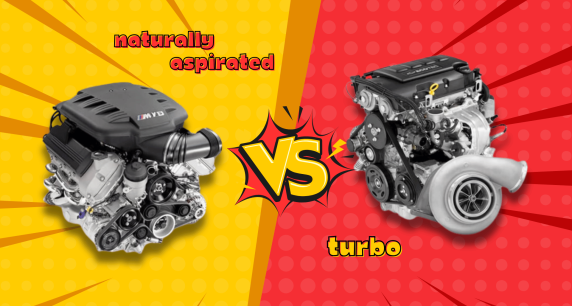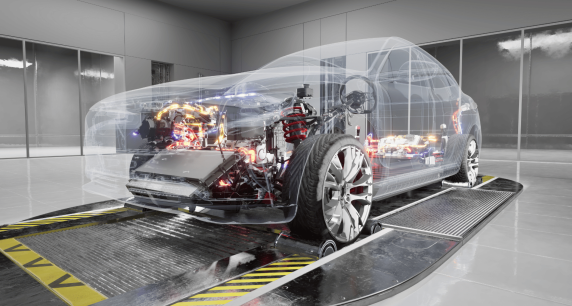What is Turbo Lag?
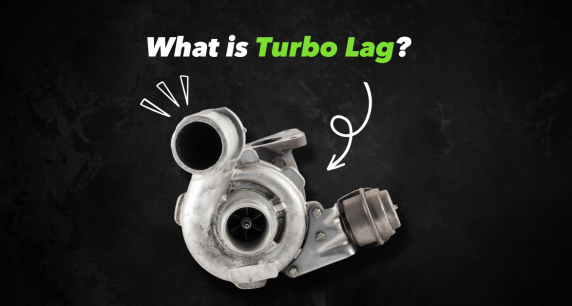
Turbo lag is a delayed response of a turbocharged engine when the driver presses the accelerator pedal. To understand turbo lag, it’s essential to know how a turbocharger works. Turbocharging is a method used to increase the power output of an internal combustion engine by forcing more air into the engine’s cylinders. This, in turn, allows more fuel to be burned, resulting in increased power.
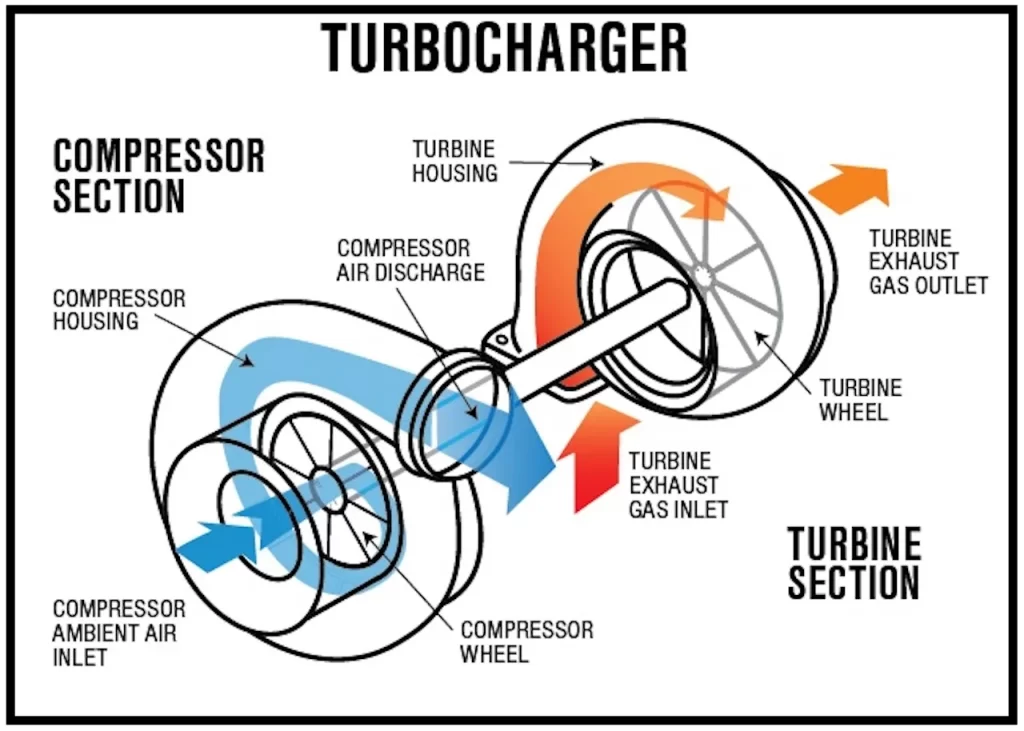
A turbocharger consists of a turbine and a compressor that is connected by a shaft. The turbine is driven by exhaust gases, while the compressor forces air into the engine’s intake system. When you press the throttle to accelerate, more exhaust gas is produced, spinning the turbine faster, which should increase the air pressure and power generated by the engine.
However, there’s a slight delay between the moment you press the throttle and when the turbine spins up enough to deliver the increased air pressure to the engine. This delay is known as turbo lag. During this lag period, the engine may feel unresponsive or lacking in power.
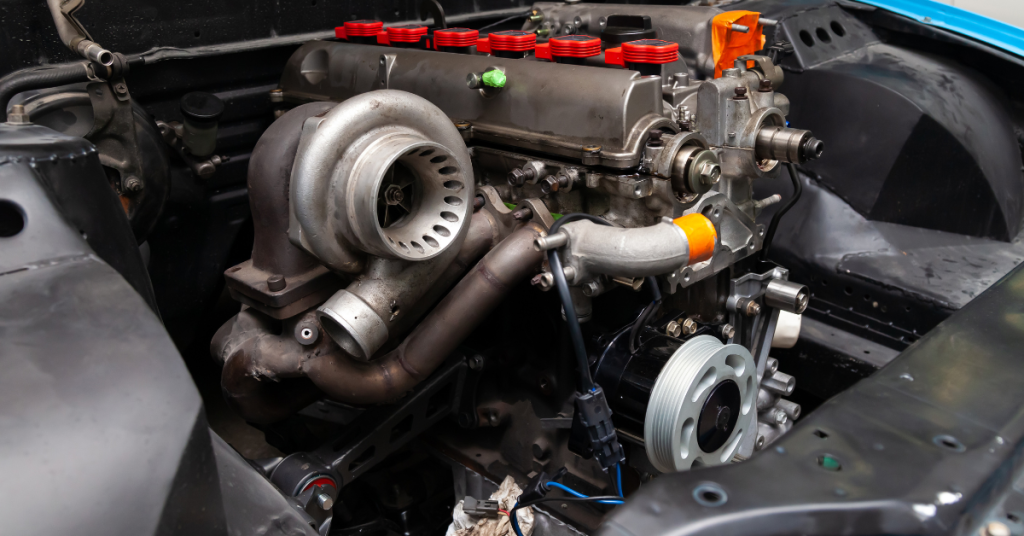
Modern turbochargers have significantly improved and become less prone to lag due to advancements in technology and engineering. Manufacturers have implemented various techniques to reduce turbo lag, such as twin-scroll technology that used in some BMW vehicles, variable geometry turbochargers used in some vehicles such as Volkswagen Group (VW, Audi, Porsche) and improved engine management systems.
Overall, these developments have led to improved performance and drivability of turbocharged cars, making them more responsive and enjoyable to drive, even at low RPMs. However, it’s important to note that some degree of turbo lag may still exist in certain setups, but it is generally much less pronounced compared to older turbocharged systems.

